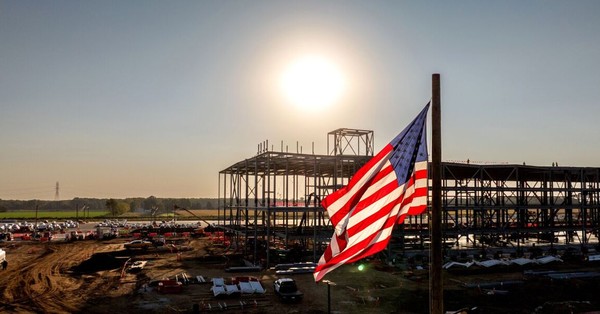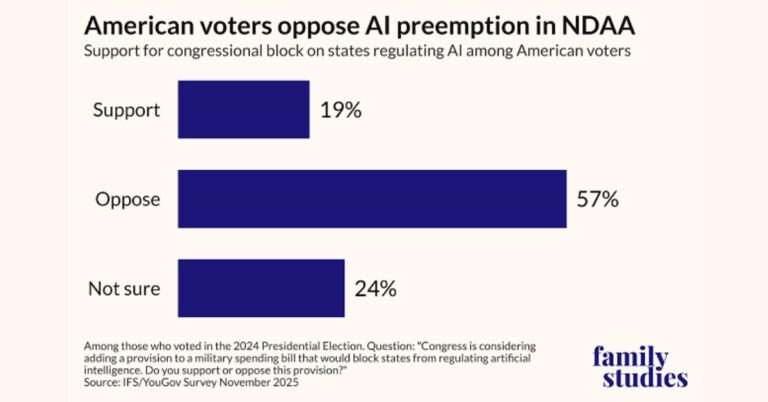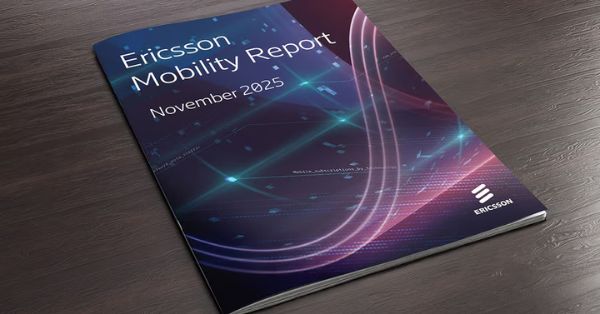Transforming Telecom Networks for Continuous Connectivity
In a world where constant connectivity drives economies and everyday life, telecom networks have never been more vital—or more tested. From powering emergency services and air traffic control to keeping millions of businesses online, telecom operators like BT are the hidden backbone of modern life.
Yet while customers have embraced digital channels, apps, and cloud services that deliver instant access and agility, many telecom operations still rely on legacy infrastructure and processes. For years, adding bandwidth or changing network services often required weeks—or even months—of manual work behind the scenes.
Colin Bannon, Chief Technology Officer for BT Business, is on a mission to change that. In a detailed conversation with Mobile Europe, Bannon outlined how BT’s “global fabric” is pushing the boundaries of network digitalization, making the telco as flexible as the cloud, ready for AI, and resilient enough to handle whatever comes next.
BT’s Global Network: Securing Critical Infrastructure Worldwide
BT’s network responsibilities are huge. The company supports more than 30 million customers in the UK alone, with operations in 180 countries. Its infrastructure handles more than 100 exabytes of data through its core every year.
BT’s networks aren’t just about consumer broadband or enterprise internet. They’re national critical infrastructure. From supporting air traffic control and financial trading to taking more than 44 million emergency 999 calls annually, BT’s systems underpin daily life.
As Bannon puts it: “There really is no plan B without the network these days.”
Customers Expect Cloud Agility—Telcos Must Catch Up
Digital transformation has reshaped how businesses operate. Modern CIOs face mounting pressures: rising cybersecurity threats, volatile geopolitics, increasing tech debt, and relentless cost pressures on both capex and opex.
To keep pace, organizations have invested heavily in digitalizing their front-end services—mobile banking, e-commerce, omnichannel retail. Behind the scenes, workloads have moved to the cloud or to microservices architectures. New compute power can be spun up in minutes. Resources scale up or down on demand.
Yet, in many cases, when it comes to the network, the story is very different.
“You can spin up new compute in the cloud in minutes,” Bannon explained, “but for the network piece, you might still be waiting six weeks to six months for new bandwidth.”
Why the Legacy Model Must Change
This mismatch leaves enterprises stuck. If they over-provision bandwidth, they waste money during low-demand periods. If they under-provision, they risk outages or performance drops during spikes.
The answer, according to Bannon, is a radical rethink of how telecom infrastructure is built, operated, and delivered. At BT, this rethink is called the “global fabric.”
How BT’s Global Fabric Virtualizes Networks at Scale
For decades, telecom networks were built in layers: separate physical cores for private lines, Ethernet, Internet, media, and broadcast services. Each layer had its own hardware, protocols, and manual touchpoints.
BT’s global fabric collapses these silos into a single, fully digital, software-defined platform. By virtualizing its network and consolidating multiple cores, BT can deliver services far faster and more efficiently.
Key benefits:
- 76% less electricity used compared to legacy cores.
- 10–100X performance improvements.
- Full automation that removes the need for manual cabling and reconfigurations.
In practical terms, that means provisioning network services in seconds, not months, and doing it with fewer errors and greater resilience.
Powering Network-as-a-Service with BT’s Global Fabric
The new global fabric is designed as a Network-as-a-Service (NaaS) platform. Instead of rigid, long-term contracts, customers get flexibility similar to the cloud: pay-as-you-go bandwidth, rapid scaling, and dynamic service overlays like SD-WAN, SSE, or SASE.
“Previously, sales teams loved locking customers into five-year contracts,” Bannon said. “But modern businesses want to burst up and down as needed, just like the cloud. The network now has to match that.”
Bringing Cloud Principles to the WAN
One of BT’s boldest moves is extending cloud-like control and segmentation across its wide area network (WAN).
Inside a data center, operators have long enjoyed microsegmentation, near-infinite bandwidth, and tight control. But when traffic leaves the data center—crossing the WAN—those guarantees often vanish.
BT’s new fabric brings these principles to the WAN. Bannon calls this “the WAN is the new data center LAN.”
It means:
- East-west traffic between distributed workloads is protected and optimized.
- Businesses can inject specific intent into the network, like ensuring critical data flows never share the same path or that sensitive traffic stays inside national borders.
- The underlay is software-defined, with an AI-driven control plane managing each hop for optimal performance and compliance.
Enforcing Data Sovereignty in a Virtualized Network
In an era of rising data sovereignty and privacy regulation, physical network routing matters more than ever. The Internet is resilient but geography-blind—it routes traffic wherever links are available.
“We’ve seen real-world examples where traffic goes from Germany to Russia and back to Germany, purely because of how the global mesh works,” Bannon explained.
BT’s fabric solves this by letting businesses set no-fly zones for data, ensuring traffic stays within desired jurisdictions, critical for sectors like financials, healthcare, or government.
Better Resilience: Avoiding Brownouts
BT’s network design minimizes the impact of failures. Instead of rerouting traffic out of region adding hundreds of milliseconds of delay—BT builds dual, resilient interconnections inside each availability zone.
Example: If an enterprise node in Japan fails, traffic can instantly reroute locally instead of detouring through Singapore and back. This reduces latency spikes that customers experience as “brownouts,” where the network is technically “up,” but performance drops enough to feel like downtime.
Data Integrity: Lessons from BT’s Automation Journey
While the technology transformation is complex, Bannon stressed that clean, accurate data is just as vital.
Manual processes once acted as filters, catching errors as humans rekeyed information between systems. When you automate end-to-end, there’s no room for bad data.
One key lesson for BT has been not to cut corners: “If you allow manual processes at any point, you risk contaminating a clean digital flow. You must launch with full automation—no shortcuts.”
Culture Shift: Breaking Telecom Silos for Digitalization
Technology alone doesn’t transform a telco. BT’s journey required deep cultural shifts. For Bannon, changing how product managers think was essential.
In the old world, product managers controlled their own “houses”—siloed products and teams. Virtualization shifts the model to shared “condos,” with shared resources, rules, and responsibilities.
This requires new mindsets and new skills. Engineers are moving from command-line configurations to DevSecOps practices. Network teams must understand software. Security teams need to work hand-in-hand with developers.
Building New Skills for AI-Ready Telecom Networks
The shift to a fully digital, software-defined network demands talent that’s comfortable across networking, security, and software engineering.
“We need people who think microservices, who understand how to program the network—not just log into a router with a command line,” Bannon said.
It’s a challenge, but also an opportunity. New roles are emerging at the intersection of cloud, AI, and network engineering. For anyone entering telecoms today, mastering modern software languages while staying grounded in networking fundamentals makes them highly sought after.
Redeploying Talent: People Where They Add Most Value
As manual tasks are automated, BT can redeploy skilled staff to customer-facing work. Instead of rekeying orders, people can focus on high-value roles—consulting with customers, solving complex problems, and shaping digital roadmaps.
For Bannon, this is the true benefit of digitalization: freeing up human talent to do what only humans do best.
Next Steps: What BT Learned and Where It’s Going
Reflecting on the journey so far, Bannon says he would have started even earlier. While BT anticipated trends like distributed workloads and data sovereignty, the explosion in AI has accelerated demand beyond expectations.
“AI put it all on super steroids,” he noted. “It’s a ‘shut up and take my money’ moment for having an AI-ready network.”
What Comes Next: AI-Ready, Cloud-Connected, Resilient
The network of the future must be fully digital, open, and integrated across public cloud, private compute, and edge. It must expose APIs for seamless collaboration across supply chains and across borders. It must enforce trust and resilience, even as workloads become more dynamic and distributed.
BT’s global fabric embodies this next step: blending the best of cloud agility with the operational trust customers expect from their network provider.
Customers today expect their networks to be as flexible as their apps, as agile as their cloud, and as secure as their bank. For BT and other telcos, that means leaving legacy models behind—virtualizing everything, cleaning up the data, rethinking culture and skills, and staying ahead of fast-moving technologies like AI.
As Bannon put it: “The network is now part of the computer.” For BT, the next 20 years will be defined by how well its fabric can meet that challenge—and keep the world connected, come what may.







































